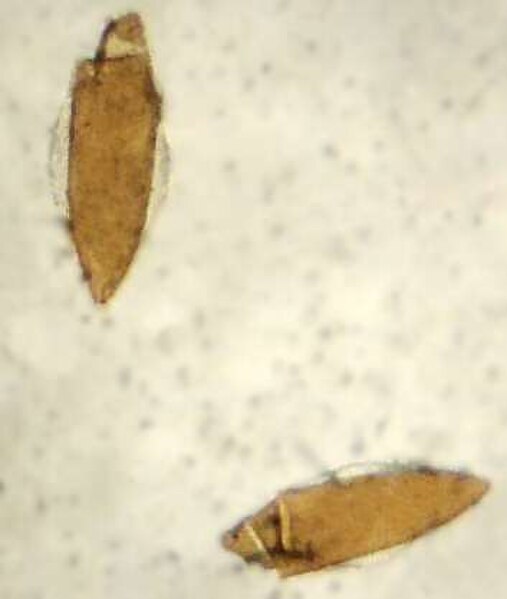Culex or typical mosquitoes are a genus of mosquitoes, several species of which serve as vectors of one or more important diseases of birds, humans, and other animals. The diseases they vector include arbovirus infections such as West Nile virus, Japanese encephalitis, or St. Louis encephalitis, but also filariasis and avian malaria. They occur worldwide except for the extreme northern parts of the temperate zone, and are the most common form of mosquito encountered in some major U.S. cities, such as Los Angeles.
Image: C Pip Fm
Image: Culex sp
Culex malariager, infected with the malarial parasite Plasmodium dominicana, in 15–20 million year old Dominican amber
Mosquitoes, the Culicidae, are a family of small flies consisting of 3,600 species. The word mosquito is Spanish and Portuguese for little fly. Mosquitoes have a slender segmented body, one pair of wings, three pairs of long hair-like legs, and specialized, highly elongated, piercing-sucking mouthparts. All mosquitoes drink nectar from flowers; females of some species have in addition adapted to drink blood. Evolutionary biologists view mosquitoes as micropredators, small animals that parasitise larger ones by drinking their blood without immediately killing them. Medical parasitologists view mosquitoes instead as vectors of disease, carrying protozoan parasites or bacterial or viral pathogens from one host to another.
Mosquito
Adult yellow fever mosquito Aedes aegypti, typical of subfamily Culicinae. Male (left) has bushy antennae and longer palps than female (right)
Anopheles eggs with side floats
Electron micrograph of a culicine egg







